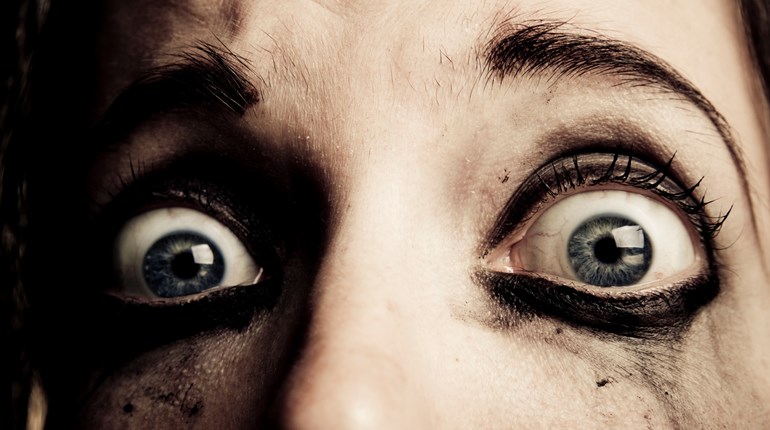
Take your defensive movement cues from people who fight for a living, like champion boxer Saúl “Canelo” Alvarez. His feet are apart and in a stable stance, enabling him to act and react with speed and power.
Once the armed citizen has advanced to the point that he or she can draw and shoot their defensive handgun safely, accurately and quickly, it would be a very good idea to start adding movement to the defensive response. Movement has the potential to momentarily confuse and surprise an attacker, allowing the citizen to gain a bit of advantage.
The best use for movement in response to a violent attack is to head for the closest cover; cover being something that can be expected to stop bullets. Gaining cover during a criminal attack multiplies the citizen’s chances of survival. This is the reason that we continually harp on the need to be aware of your surroundings. When the action starts, it may very well be too late to start looking around for something to get behind. A person needs to have convenient cover already spotted and, when the need arises, go for it with all possible speed.
Another value of movement is creating distance from the threat. Everyone is a good shot up close, and a person needs to get out of the danger zone if it is at all possible. Moving to either side, or moving laterally, can create distance—as well as momentary confusion—on the part of the attacker.
Probably the worst idea, however, is to move straight back. In moving straight back, our peripheral vision is of no help to us. Because of this, one will rarely move straight back for any distance without tripping over something. An even worse problem is that the attacker has not had to change his sight picture. You could set some sort of record in the 10-yard backup contest, assuming you don’t fall down, and the threat still has you in their sights.
Footwork is also a critical part of defensive movement. The defensive shooter has got to stay balanced and be able to act and react during any movement. After all, he or she may need to be shooting while moving, or they made need to quickly change directions. To do this effectively, you must be able to control your feet.
Whenever a person’s feet are together, they are not in an athletic stance and can be more quickly and easily knocked off balance. Watch how a boxer or martial-arts expert moves across the floor. They keep their feet apart and don’t pick them up any higher than they have to. We call that Big Step/Little Step. The lead foot steps off and the following foot only moves half that distance. In this manner, with the knees slightly bent, the defensive shooter is more apt to stay balanced and able to respond to whatever occurs. Further, it creates a more secure foundation should it be necessary to shoot while moving.
Regardless of the fact that we have been walking for most of our lives, this type of defensive movement requires practice. In a dry-practice setting, the armed citizen can practice movement in their own home. Try working around corners and clearing doorways without letting your feet come together. Better yet, get a friend or family member to shoot a video of this practice for later review. This is best performed with an inert gun like a Bluegun or a laser-training pistol to ensure all safety rules are always followed.
Once effective defensive movement is learned, the shooter is ready to begin shooting on the move. And, again, this is not as easy as it sounds. When the shooter is moving, their gun is moving and so are their sights. We know that the bullet is only going to go where the muzzle is pointed. Needless to say, shooting on the move should be approached very slowly and with the utmost emphasis on safety. You’ll need to find a range where this is permitted, too.
The need for safety and the emphasis on moving, drawing and shooting are the reasons that booking a class with professional instructors is so important. A good instructor won’t let the student get ahead of him or herself—or ahead of their ability. The instructor already knows that these skills are not something a person is going to perfect with 15 minutes of amateurish practice at the local pistol range.
The best use for movement in response to a violent attack is to head for the closest cover; cover being something that can be expected to stop bullets.
I once knew an old gentleman, something of a firearm expert, who was also quite adept with a walking cane. And, even when he couldn’t legally carry a gun, that walking cane was always with him. One evening in New Orleans, he was confronted on a public sidewalk by a robber armed with a handgun. The old fellow took a lateral step to the left, toward the attacker. He swung his cane with his left hand and broke both bones in the robber’s shooting arm right behind the wrist, causing his attacker to drop the pistol. All of this happened in far less time than it took you to read this paragraph. It also happened in far less time than it took the attacker to compute what was going on.
When a defensive shooter has perfected their movement and defensive response, it doesn’t take long at all to get the upper hand. Move decisively and move quickly. As my friend Richard Mann likes to say, “Do it like you are killing snakes.”




































